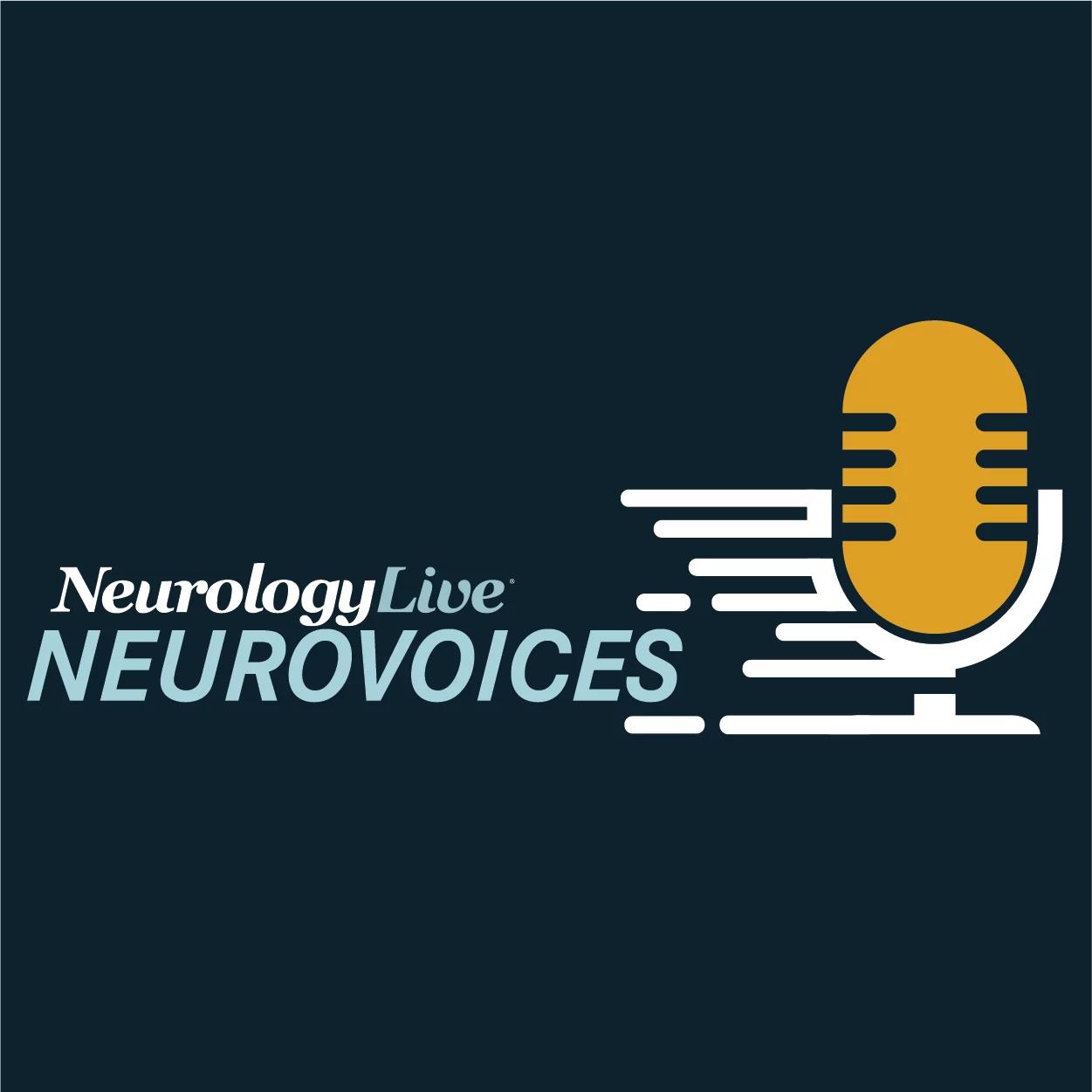Commentary
Video
Expanding the Time Window for Intravenous Thrombolysis in Ischemic Stroke: Min Lou MD, PhD
The professor at the Second Affiliated Hospital of Zhejiang University’s School of Medicine discussed findings from a trial suggesting that intravenous thrombolysis could benefit patients with ischemic stroke up to 24 hours after symptom onset. [WATCH TIME: 8 minutes]
WATCH TIME: 8 minutes
“This means we allowed for broader patient inclusion, which is particularly relevant for smaller stroke centers that may not have access to endovascular therapy.”
Alteplase, a tissue plasminogen activator, has been widely used for intravenous thrombolysis in patients who experienced ischemic stroke, with previous trials and meta-analyses showcasing its efficacy in imaging-selected patients in the 4.5-9 hour therapeutic window. Despite these established findings, there remains limited evidence on the safety and efficacy of alteplase in patients presenting beyond the 9-hour window, particularly in those with salvageable tissue identified through advanced imaging techniques. This gap in knowledge has prompted further investigation into the potential benefits of extending the treatment window to 24 hours for select patients.
In a multicenter, prospective, randomized trial conducted across 26 stroke centers in China, researchers assessed the efficacy and safety of intravenous alteplase in patients who had ischemic stroke with salvageable tissue identified on perfusion imaging between 4.5 and 24 hours after symptom onset. A total of 372 patients were randomized to receive either alteplase or standard medical treatment. The primary outcome, defined as a modified Rankin Scale score of 0 or 1 at 90 days, was achieved in 40.3% of patients in the alteplase group compared with 26.3% in the standard-treatment group (relative rate, 1.40; 95% CI, 1.05–1.87). Notably, rescue endovascular thrombectomy was performed in fewer than 3% of patients.1,2
Presented at the 2025 International Stroke Conference (ISC), held February 5-7, in Los Angeles, California, researchers noted that safety outcomes showed no significant concerns, with mortality at 90 days being identical between groups (10.8%). However, symptomatic intracerebral hemorrhage occurred in 3.8% of alteplase-treated patients compared to 0.5% in the standard-treatment group. Overall, investigators noted that these findings suggest that alteplase administered up to 24 hours after stroke onset may improve functional outcomes in select patients without increasing mortality risk.1,2
At ISC 2025, principal investigator of the trial Min Lou MD, PhD, professor at the Second Affiliated Hospital of Zhejiang University’s School of Medicine in China, sat down with NeurologyLive® to discuss the potential implications of these findings on stroke management. She highlighted how expanding the intravenous thrombolysis window to 24 hours could influence current treatment guidelines and protocols, emphasizing the need for careful patient selection based on imaging criteria. Lou also addressed key considerations for determining eligibility for late-window thrombolysis across diverse patient populations and discussed strategies for integrating these findings into smaller stroke centers that may lack access to endovascular therapy.
Click here for more coverage of ISC 2025.





